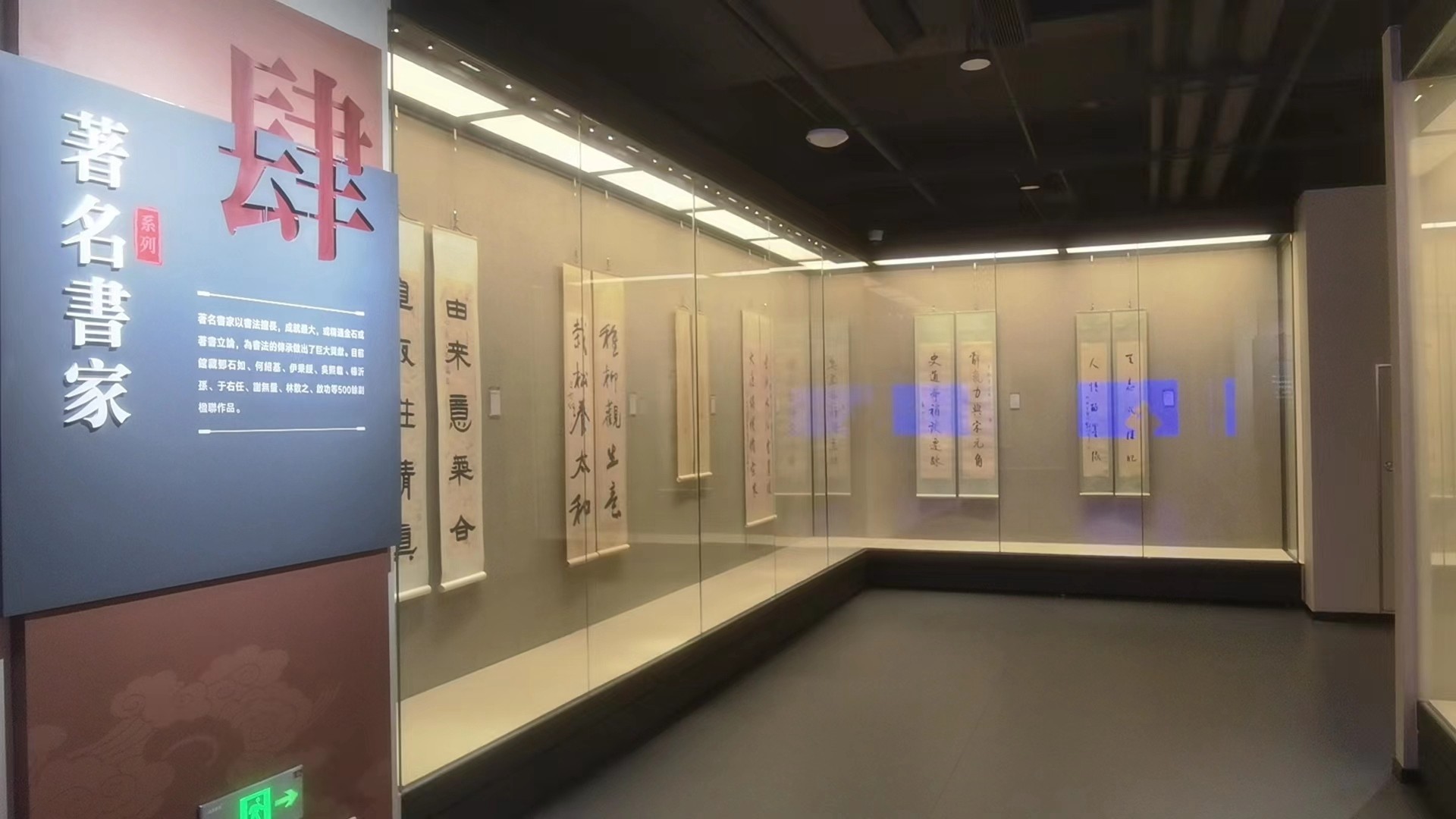are needed in the design? Museum display cabinet design is a complex task that not only needs to meet the actual protection and display needs, but also has aesthetics and interaction. Here are some of the important elements to consider in the design of a museum display case: Preservation of cultural relics: Preservation of cultural relics is the primary task of a museum display case. The design needs to consider light, humidity, temperature, airflow and safety to ensure that the cultural relics are not damaged. Glass selection: Use high-quality protective glass, which can reduce the transmission, reflection and scattering of ultraviolet rays, so as to minimize the impact of light on cultural relics. Lighting: Well-designed lighting systems highlight exhibits while minimizing heat and UV radiation and ensuring the safety of cultural relics. Air Quality Control: Prevent the growth of mold and bacteria by controlling humidity and temperature, while preventing the expansion or contraction of cultural relics. Display case structure: The stable structural design ensures the stability of the display case, prevents tilting or shaking, and reduces risks. Interactivity: Some display cases need to provide interactive elements, such as touch screens, audio devices, or image projection, to give the audience a deeper understanding of the exhibits. Aesthetics and Exhibition Design: The appearance of the display case should be integrated into the overall exhibition design to create an engaging display environment. Security: Consider anti-theft and protection measures to ensure that cultural relics are not subject to loss or theft during the exhibition. Maintainability: Display cases need to be easily maintained and cleaned to ensure the long-term preservation of display cases and cultural relics. Accessibility: Display cases should be designed to accommodate a variety of audiences, including those with limited mobility. Educational value: Display case design can provide educational value through information signage, illustrations and interactive elements to help viewers better understand cultural relics. Sustainability: Choose sustainable materials and technologies to reduce energy consumption and environmental impact. Cost-effectiveness: a trade-off between cost and functionality is required in the design to ensure that the design objectives are achieved within the available budget. The design of museum display cases is a comprehensive process, which requires multidisciplinary collaboration and meticulous planning. Only by satisfying these elements can museum display cabinet achieve the best display effect and protect the safety of cultural relics.

previous:Design Standards and Requirements for Cultural Relics Display Cabinet
next:What links does the production of museum display cabinets need to go through?